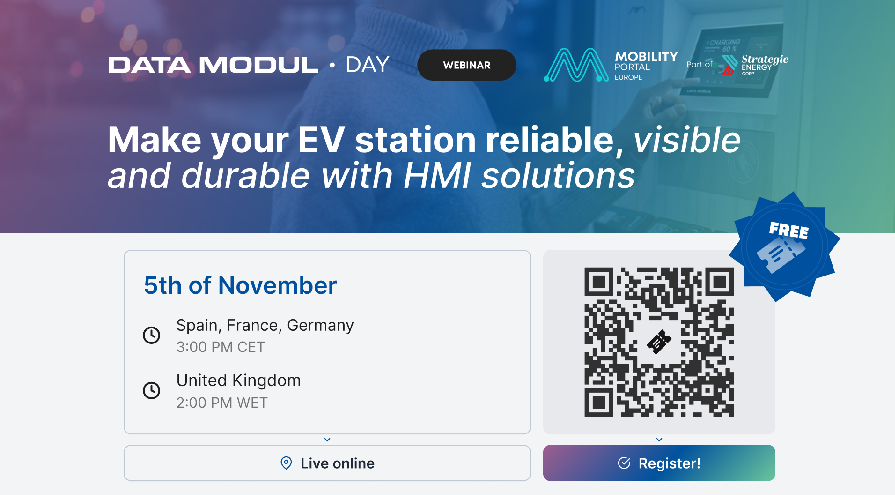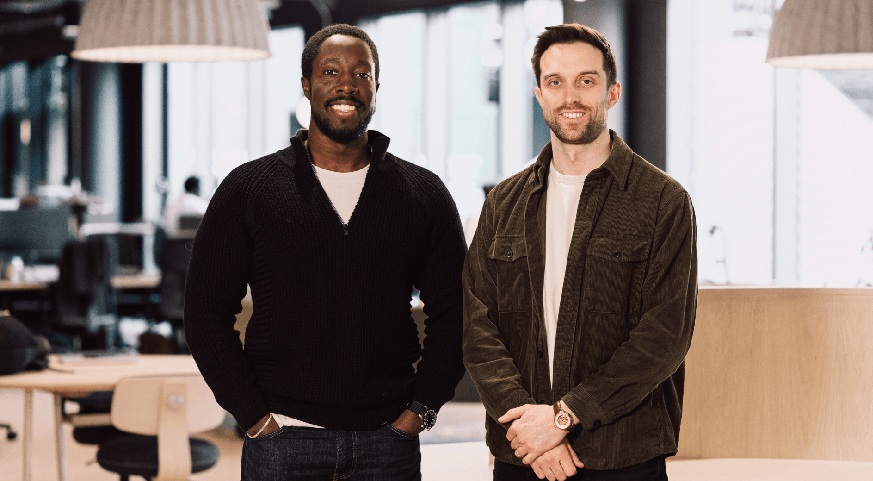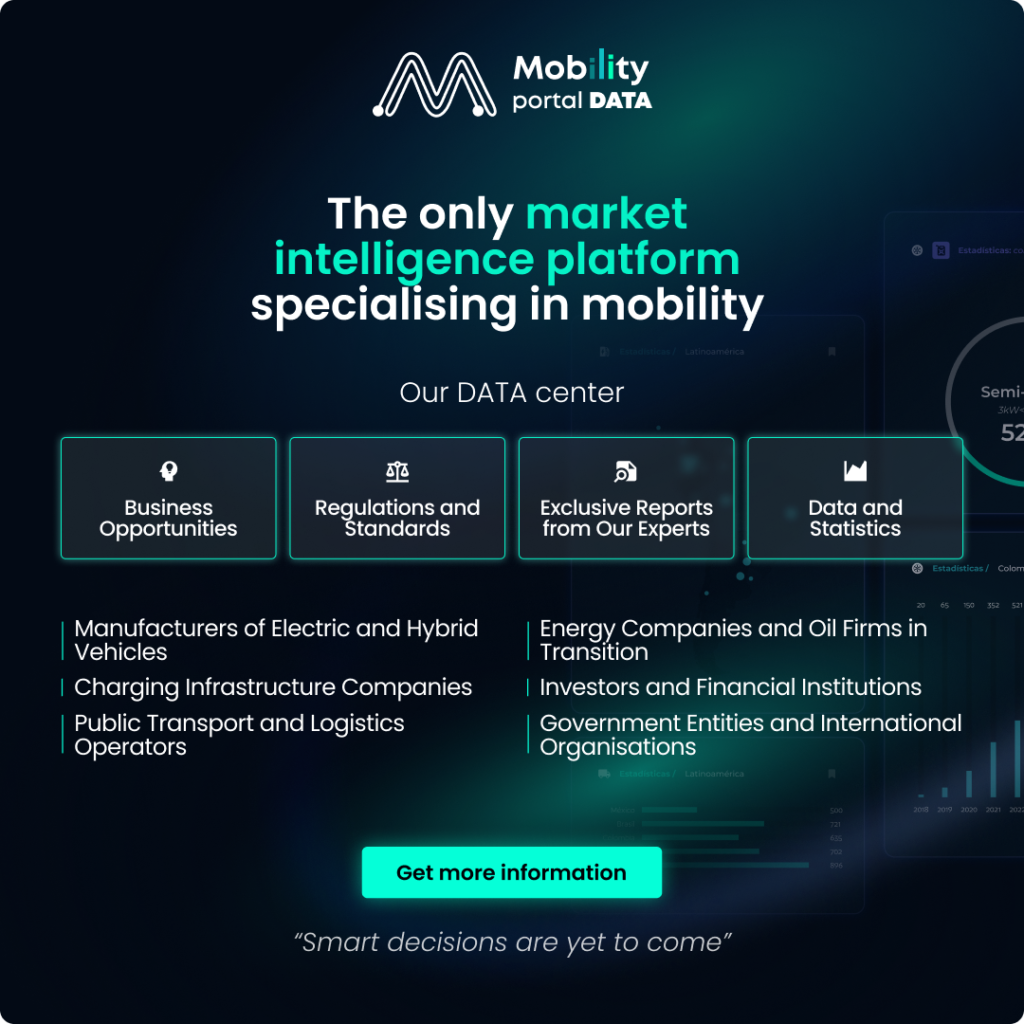Amid a corporate transformation driven by a change in shareholders, EVBox is positioning itself to regain ground in the eMobility market share.
And it’s doing so with two key countries in its sights: Spain and the United Kingdom.
With a focus on high-power chargers, modular architecture and a technical-operational approach, the company is preparing to consolidate its role as a strategic partner for infrastructure operators in this emerging “post-subsidy” era.
How will it do this?

By basing its strategy on a centralised production hub in France — just 250 km from the Spanish border — and sourcing over 80% of its components from within Europe.
EVBox’s offering combines scalability with local support, regulatory compliance (AFIR Ready, ISO, Eichrecht), and a full ecosystem of DC solutions aimed squarely at the B2B segment.
Here, in an exclusive one-on-one at Power2Drive, Eric Stempin, Global CEO of the company, shares his insights:
What are the key messages EVBox wants to deliver to the industry today?
We want to make it clear that EVBox has a long-term vision.
Our presence here reaffirms that we’re still in the game, with products known for their reliability, positive customer feedback, and a genuine commitment to the years ahead.
After the challenges of 2024, how would you define EVBox international commercial strategy for 2025?
Until now, our operations were mainly concentrated in France, the Nordic countries, Germany, the Netherlands and Belgium.
We’ve now decided to reopen two fundamental markets: the UK and Spain.
We had a presence in both before, but this was paused due to decisions made by the previous leadership. Today, we’re coming back stronger.
And what are your “Trojan horses” for entering these markets?
Our flagship product at this year’s event is the Troniq High Power — a charger delivering up to 400 kW, with 97.5% efficiency, ultra-low noise levels and easy maintenance.
It’s suitable for deployment along motorways as well as in urban, commercial or retail settings.
How do you approach projects that require less initial power?
We also offer the modular Troniq Compact, starting from 40 kW and scalable in 30 or 40 kW increments, without the need to resize the base installation or modify cabling.
This is essential for business-minded planning.
Why?
It makes little sense to install a 400 kW charger if today’s vehicles only charge at 150.
That’s why we talk about scalability — the operator can adjust the investment to match real-world demand.
What are the ideal deployment sites for your 400 kW model?
Originally designed for motorways, they are now being installed in supermarkets, fuel stations and other urban locations that demand high power and fast user turnover — thanks to their low noise and optimised size.
Who are your ideal clients in this process?
Primarily charge point operators (CPOs). They’re the ones who make agreements with supermarkets, logistics companies, hotels or car parks.
We support the entire implementation journey — from design through to technical support.
Experience shows that if users have a good experience, they’ll return. If not, they won’t.
Given that the eMobility landscape is constantly evolving, what trends is EVBox seeing?
One of the most frequently cited trends is distributed architecture — a single large power unit connected to multiple dispensers. But it’s not always the most efficient solution.
Many overlook the impact of cabling, which can double installation costs.
In the long run, this setup can be less cost-effective than standard systems.
And what’s EVBox’s alternative approach?
We offer an alternative solution: individual chargers that can share power among themselves.
This way, we combine energy efficiency with modularity and operational flexibility. It’s not just about power — it’s about the business case.
With that in mind, how are CPO agreements progressing at this stage?
We’re currently working on a major project with a new CPO.
It’s the first big client we’ve signed under the new EVBox structure, so we’re extremely proud.
We can’t share further details just yet due to confidentiality, but it’s a key step in our consolidation.
France is a cornerstone of your operations — what’s your view of the current market context?
France is a key market, although 80% of our production is exported.
It’s true that incentives for EV purchases have been revised, but that’s a global trend.
The industry must become viable without relying on subsidies.
Is that already visible in market dynamics?
Yes. After COVID, there were many support measures that boosted charger sales.
That led to inventory overstocking in 2022 and 2023. Today, the market has slowed, and we believe 2025 and 2026 will be tough years for some manufacturers.
That’s why, rather than chasing volume, we’re focused on quality, support, and modular planning.
Why was Power2Drive a key event for your new expansion strategy?
This is one of Europe’s leading trade fairs. Being here is crucial as it allows us to meet both existing and potential clients.
Why now?
This year is especially significant for EVBox: in early 2024, we underwent a shareholder change, which caused some uncertainty in the market.
Will you also focus on regional presence?
In 2024, we’ll take part in more than ten trade fairs. We’ve already attended the Nordic EV Summit, and we have events lined up every month.
While Power2Drive is a large-scale event, we also place great value on regional and local exhibitions.
They’re essential for listening to customers, understanding their specific contexts, and supporting projects on the ground.
READ MORE
-
6 days left: How to make EV charging stations reliable, visible and durable?
On 5 November, Data Modul will host a web seminar on HMI solutions for EV charging stations — a must-attend event for manufacturers seeking to innovate and optimise their products.
-
Rightcharge secures £1.6M to boost EV charging payments for Europe’s fleets
Public charging remains fragmented and reimbursing employees for home charging is often slow and error-prone. However, fleets using Rightcharge can reduce charging costs by up to 90%.
-
Strong demand for France’s social EV leasing with 41,500 cars already leased
To date, over 41,500 vehicles have been leased, including more than 11,360 by beneficiaries who live or work in areas where air quality is a concern.











